Product Description
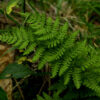
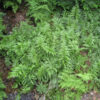
Woodwardia areolata – Netted Chainfern
Native/Non-native – Native
Hardiness Zone – 6-8
Sun – Partial shade to full shade
Moisture – Moist to wet
Size – 10″ – 20″ height
Comments
* Excellent ground cover
* Deciduous
* Acidic bogs, wetlands
Description
Common Name: netted chain fern
Type: Fern
Family: Blechnaceae
Native Range: North America
Zone: 3 to 9
Height: 1.50 to 2.00 feet
Spread: 1.00 to 1.50 feet
Bloom Time: Non-flowering
Bloom Description: Non-flowering
Sun: Part shade to full shade
Water: Medium to wet
Maintenance: Low
Suggested Use: Naturalize
Tolerate: Rabbit, Heavy Shade
Garden locations
Culture
Easily grown in organically rich, medium to wet, well-drained soils in part shade to full shade. Does well in average garden soils and will take considerable sun as long as soils are kept consistently moist. Spreads by branching and creeping rhizomes, and will naturalize over time into large colonies in optimum growing conditions… almost to the point of being weedy.
Noteworthy Characteristics
Netted chain fern is a deciduous fern of eastern North America which typically occurs in woodland swamps and bogs. Although native to Missouri, it is considered rare in the State and is known to exist in only four southern counties. Features pinnatifid, glossy green sterile fronds which emerge pinkish in spring and unroll to 1-2′ long. Sterile fronds typically have 8-10 pairs of lance-shaped pinnae (leaflets) with small marginal teeth. Fertile fronds arise in summer to the same length as the sterile ones, but have narrower leaf divisions. The pinnae of both fronds have netted veins and the sori (spores) on the fertile fronds are arranged in chain-like rows parallel to the pinnae midribs, hence the common name. This fern is similar in appearance to the much more common sensitive fern (Onoclea sensibilis), except the latter generally grows taller (to 4′), has beaded, woody-like fertile fronds and has smooth-edged leaflets on the sterile fronds.
Problems
No serious insect or disease problems. Needs consistently moist soils.
Garden Uses
Shade gardens, native plant gardens, woodland gardens or naturalized areas. Also effective along streams and ponds.


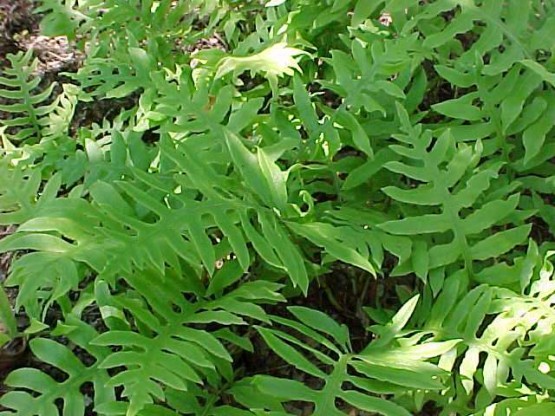

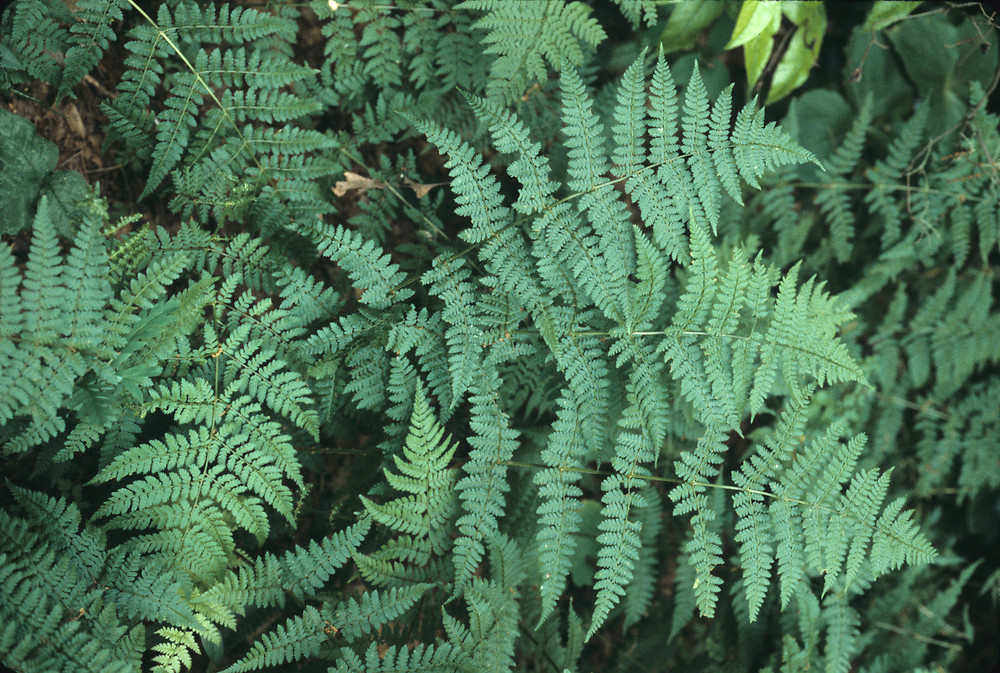

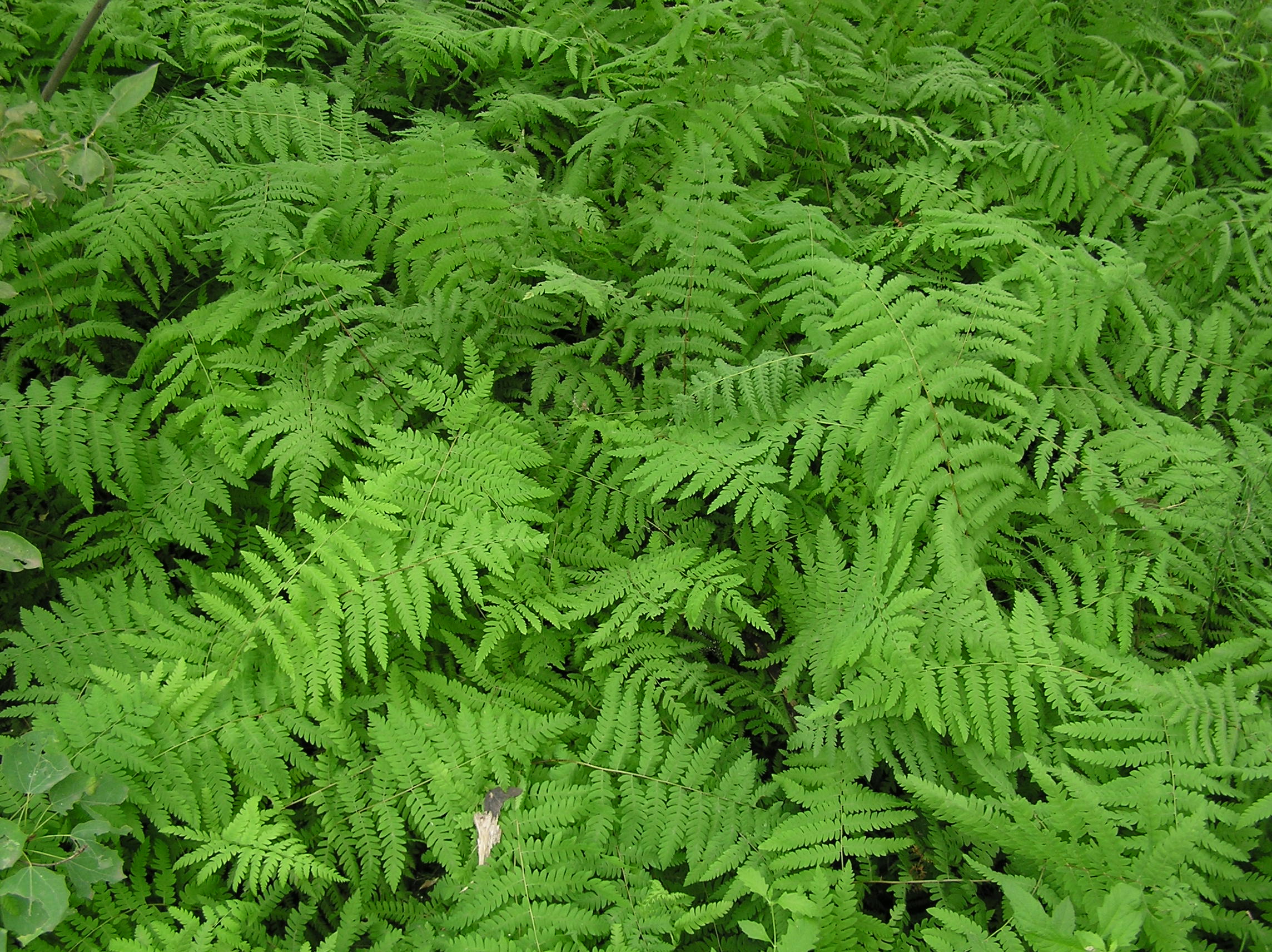

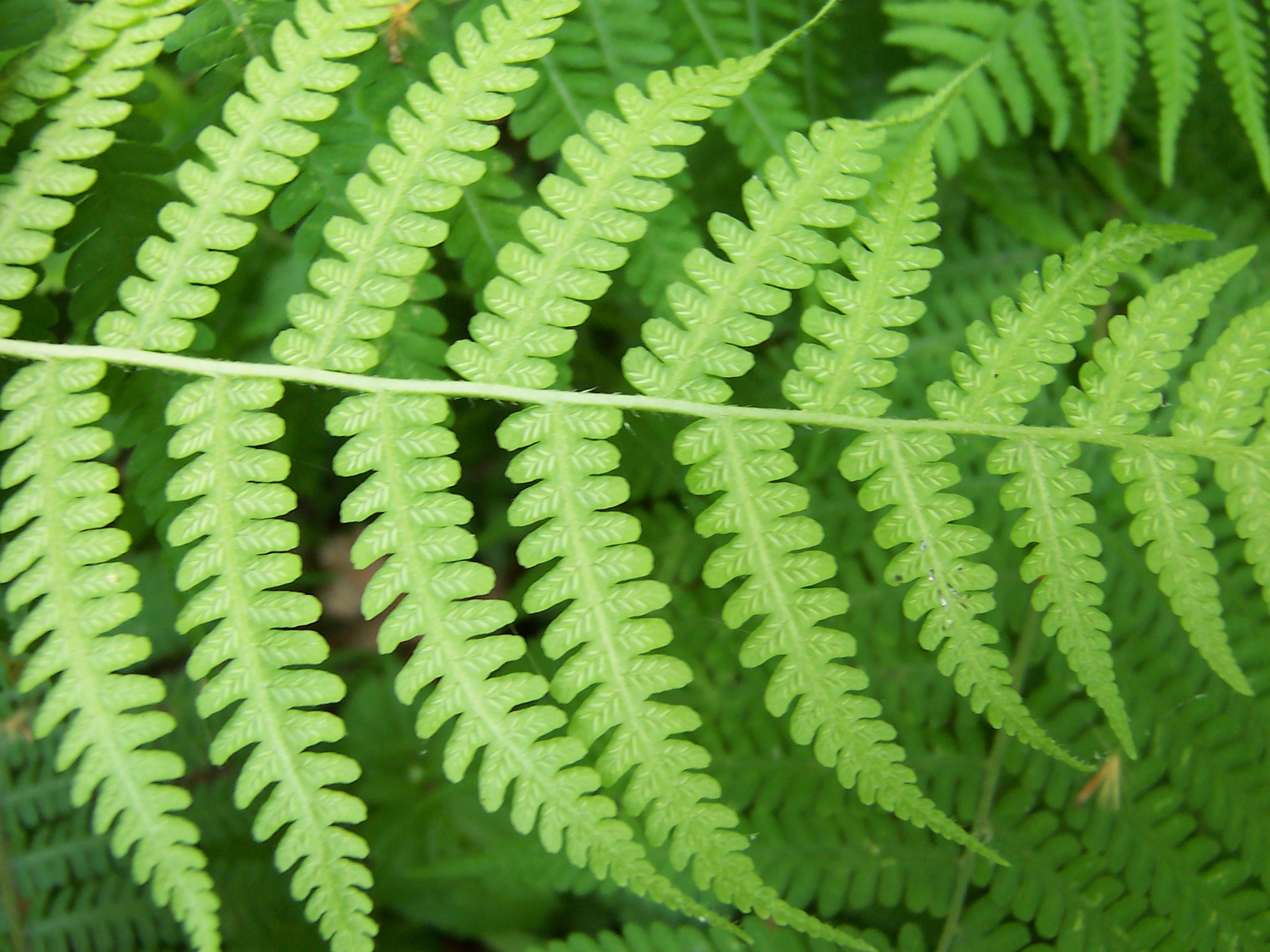
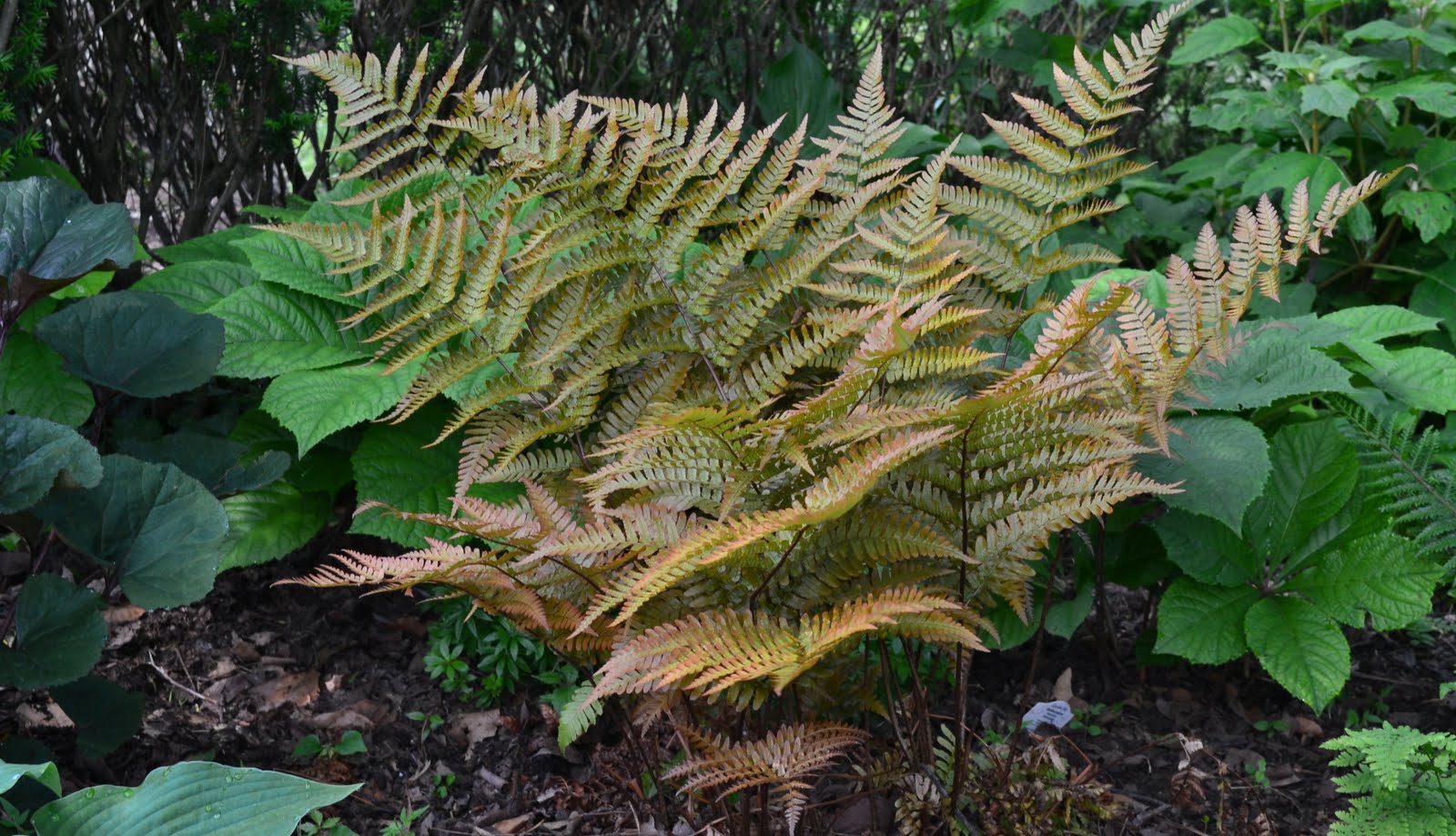
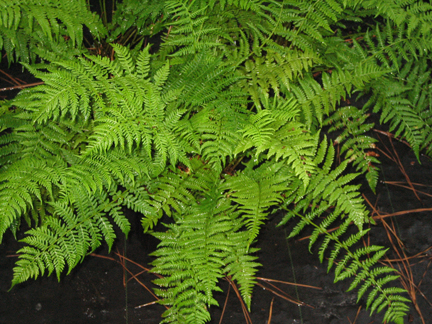
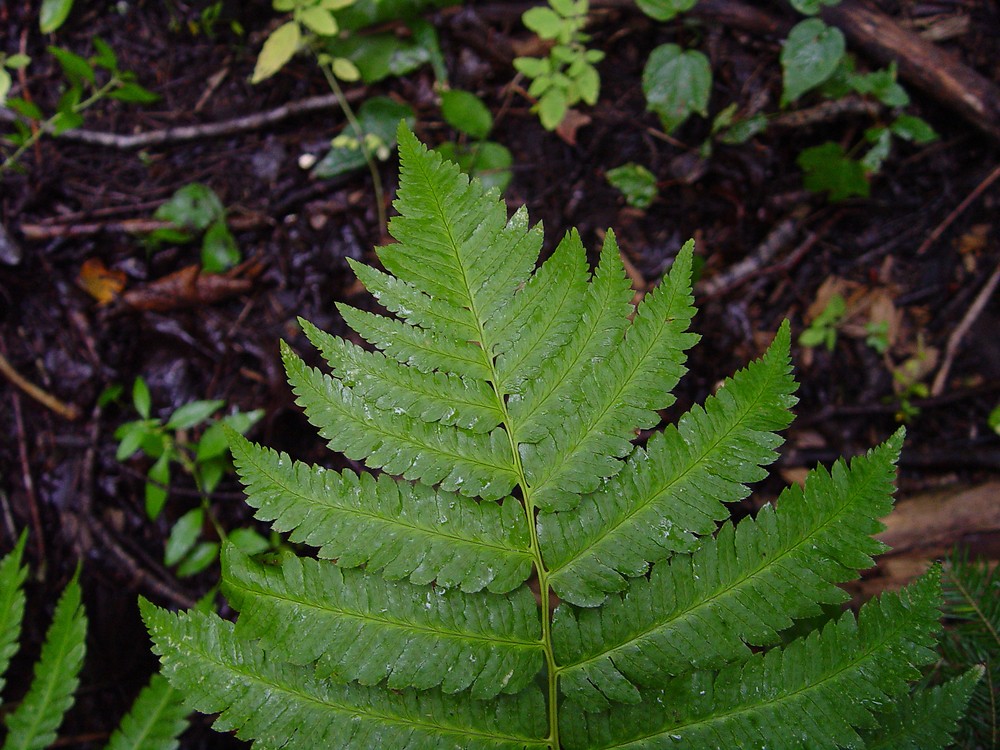


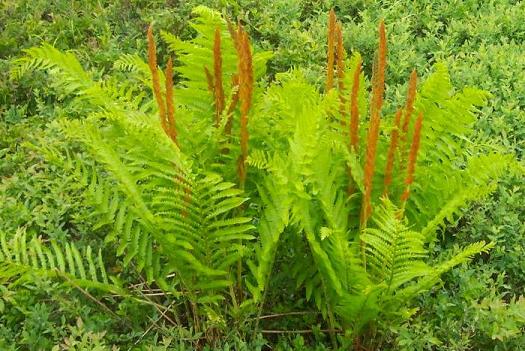
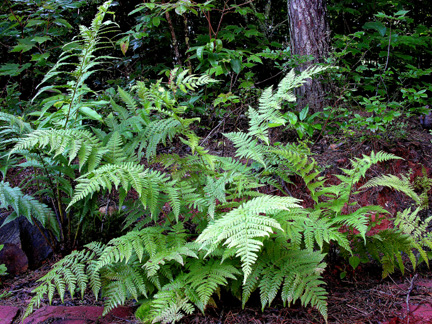

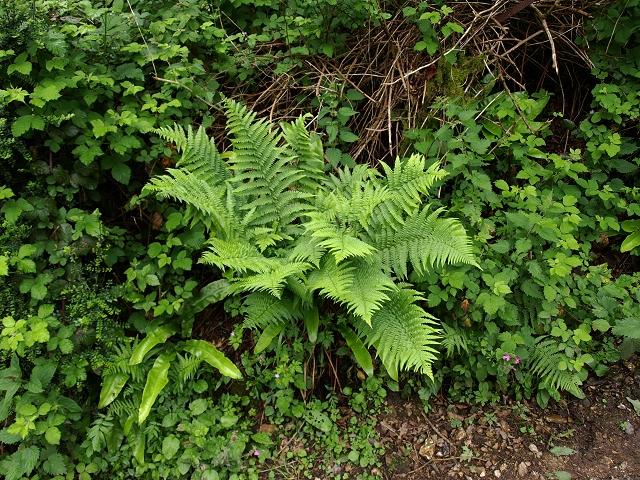



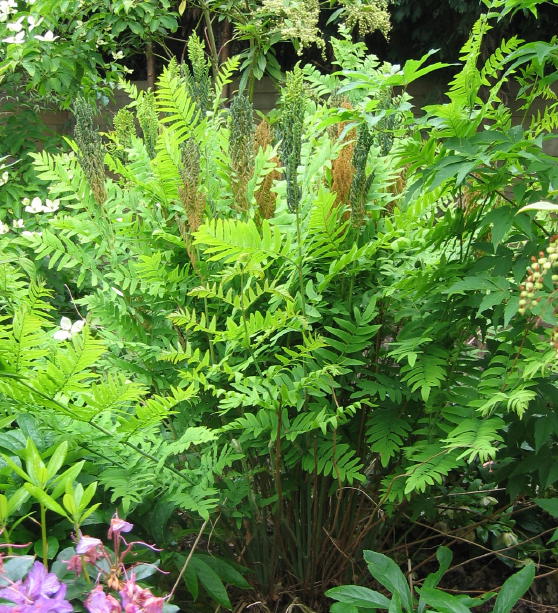
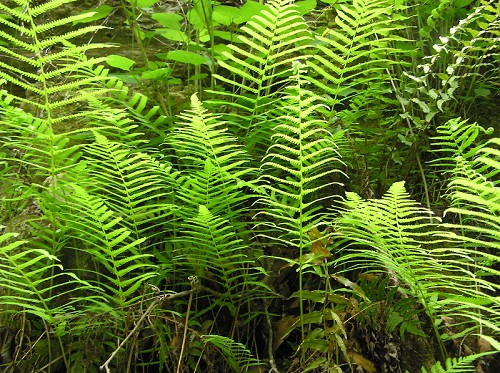


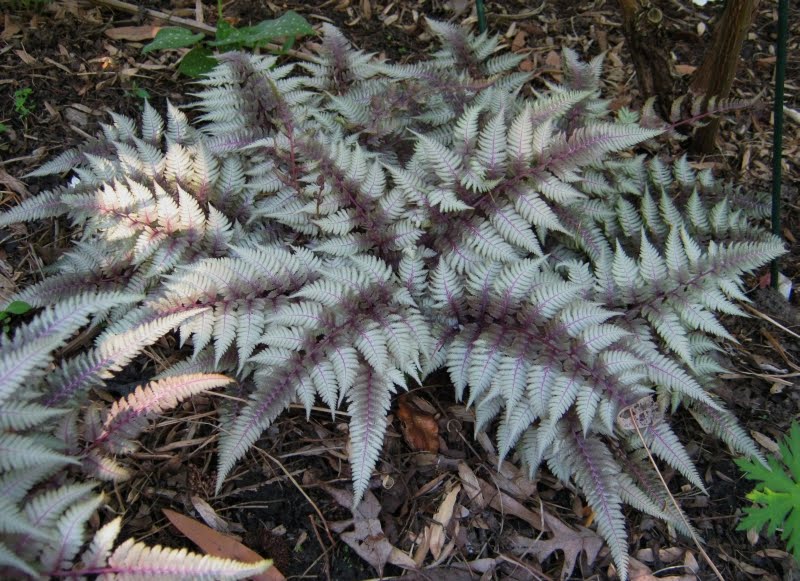

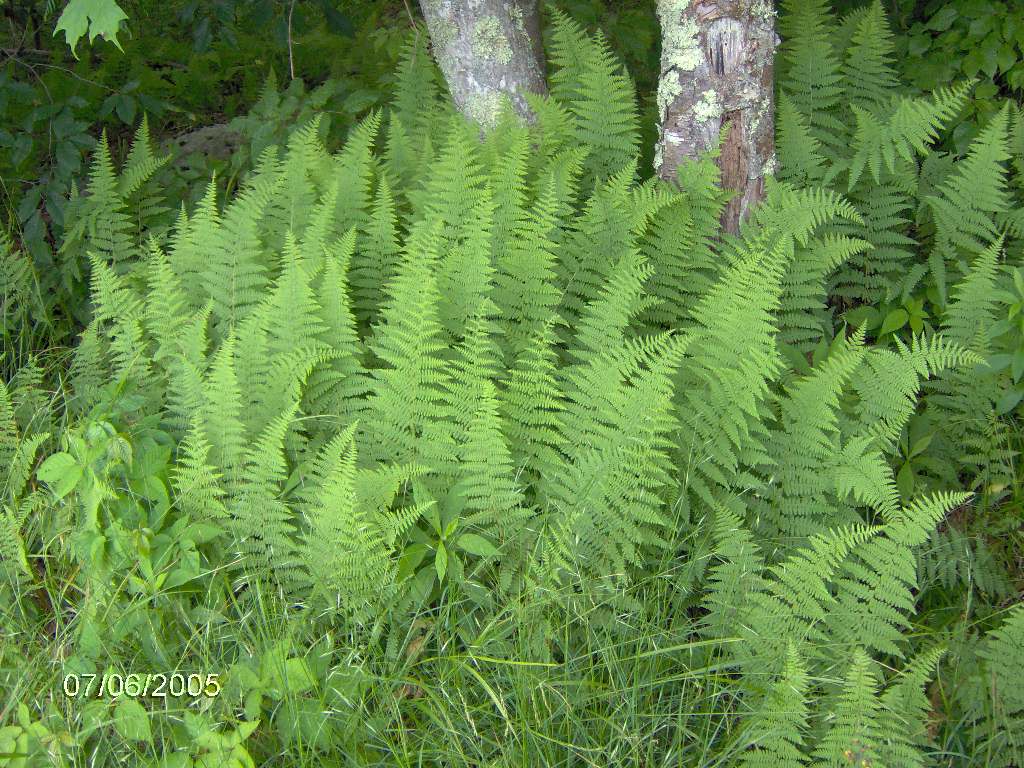
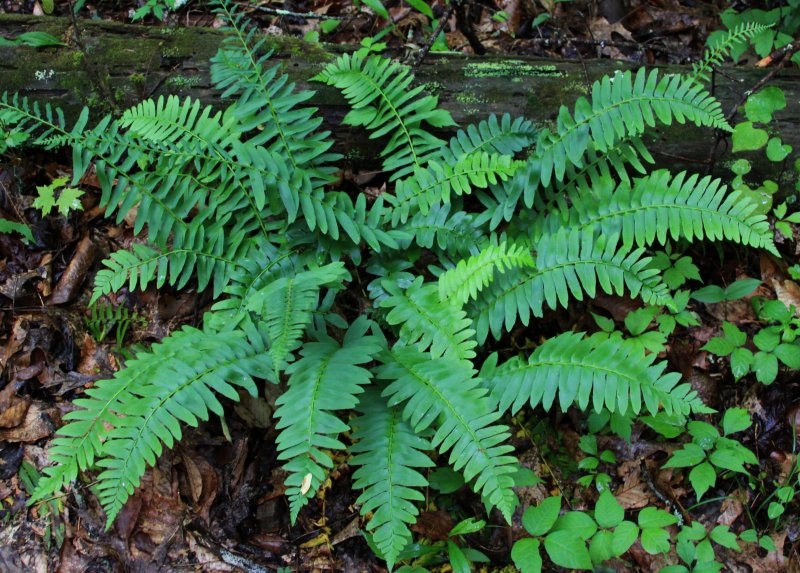
Reviews
There are no reviews yet.